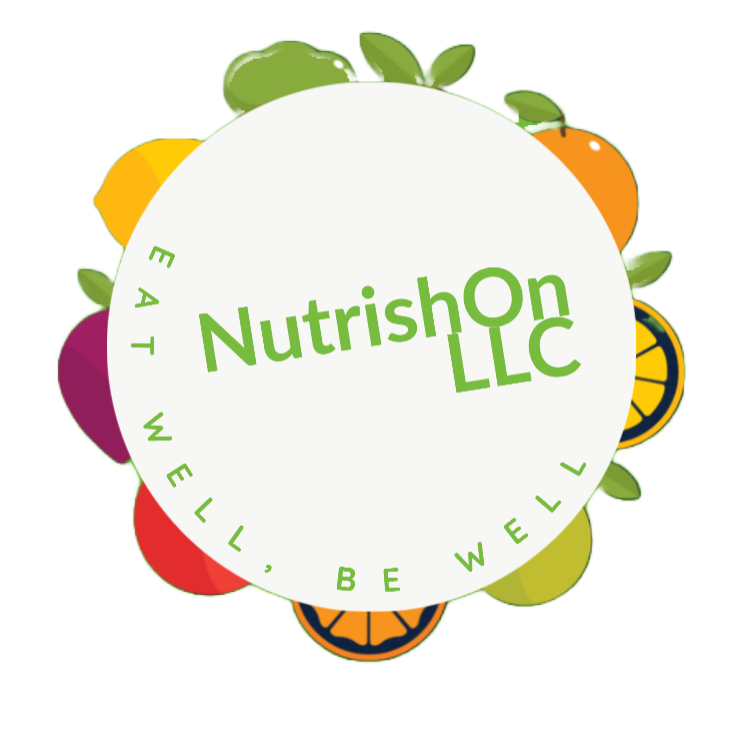Healthful Tips for Approaching Thanksgiving
Thanksgiving is approaching, and this occasion presents a significant opportunity for gatherings with friends and family, in addition to the enjoyment of a traditional Thanksgiving feast. However, it is important to recognize that many individuals associate this day with overeating, which may lead to feelings of guilt and discomfort. In my capacity as a Registered Dietitian Nutritionist, I aim to provide guidance that encourages thoughtful and mindful eating practices on this holiday (and every day). The following recommendations are intended to help minimize the risk of overeating while ensuring a positive experience before, during, and after the Thanksgiving festivities.
Recommendation 1: Do Not Skip Meals. This guidance is applicable not only on Thanksgiving but throughout the year. Skipping meals can heighten feelings of hunger, often resulting in excessive consumption when the main meal is finally served. It is wise to begin Thanksgiving morning with a nutritious breakfast that includes both protein and fiber. Options such as scrambled eggs with vegetables and whole-grain toast or a yogurt parfait with granola and fresh fruit are exemplary choices. These foods promote satiety and assist in maintaining stable blood sugar levels. Furthermore, consider preparing healthy, protein-rich snacks, such as a small serving of almonds, Greek yogurt, or vegetable sticks accompanied by hummus or peanut butter, which you can eat while you wait for the main meal.
Recommendation 2: Practice Portion Control. Thanksgiving is an occasion for celebration and the enjoyment of favorite foods; therefore, it is essential to approach portion control with mindfulness. It is recommended to begin by serving smaller portions of various dishes on your plate, which allows for a more diverse sampling of foods and enhances the ability to recognize hunger and fullness cues. Additionally, adopting a slow and deliberate eating pace enhances the enjoyment of the meal and contributes to the awareness of satiety. It is important to keep in mind that the brain takes approximately 20 minutes to register fullness, thereby underscoring the importance of eating mindfully and attentively; try to put down your fork between bites or eat with your non-dominant hand. Another way to practice portion control during Thanksgiving festivities is to use a smaller plate; this limits the amount of food you can have per serving to begin with. If you are celebrating away from home, you may also want to bring Tupperware with you to bring leftovers home so there is less pressure to eat as much in the moment.
Recommendation 3: Check in With Yourself (Using the Hunger-Fullness Scale). Check in with yourself mentally and see where you are on the hunger scale 1-10. Trust and respect your hunger and fullness cues when they arise; you do not need to eat past fullness just because it is a holiday, but also know that it is normal to eat past fullness cues from time to time.
1- Painfully hungry- dizzy, nauseous, physically ill
2- Extremely hungry- ravenous, distracted, emptiness in the stomach, moody, anxious to eat
3- Very hungry- stomach growling, low energy, eager to eat
4- Hungry- ready to eat, stomach slightly empty feeling, not much urgency
5- Neutral- neither hungry, nor full
6- Mild fullness- feeling some early sensations of fulness, but can still eat and not yet satisfied
7- Comfortably full- feeling content and satisfied
8- A little too full- slightly uncomfortable
9- Very full- really uncomfortable, feel stuffed, may have some stomach distension
10- Painfully fully- physically ill, may feel sick or nauseous
Recommendation 4: Eat With Others. Eating with others is a wonderful way to combat feelings of secrecy and guilt, especially during holiday gatherings like Thanksgiving. Sharing a meal can foster connection and open communication, allowing us to enjoy our food without shame. When we gather around a table, it’s not just about the food; it’s about the relationships we nurture and the memories we create. Embracing this communal aspect of dining can help us feel more at ease with our choices, leading to a healthier attitude towards food and our bodies.
Recommendation 5: Engage in Physical Activity. Incorporating physical activity into Thanksgiving Day offers numerous advantages, particularly for individuals who may tend to overindulge during the festive meal. Engaging in some form of exercise either prior to or following the main meal can significantly contribute to overall well-being and facilitate digestion. A recommended approach is to take a brisk walk in the neighborhood. Additionally, organizing family-oriented games, such as touch football, ultimate frisbee, or soccer, can further enhance physical engagement. Post-meal walking or light physical activities also support digestive health.
Recommendation 6: Hydrate. Proper hydration on Thanksgiving is of significant importance and should not be overlooked amidst the festivities. Staying adequately hydrated contributes to overall health and well-being, particularly during a day often characterized by rich foods and increased social activities. Throughout the day, individuals may become preoccupied with preparing meals, enjoying time with family and friends, and indulging in various culinary offerings. However, it is crucial to remember that hydration plays a vital role in maintaining optimal bodily function. Water aids in digestion, regulates body temperature, and supports the transport of nutrients. Moreover, adequate hydration can prevent feelings of fatigue and sluggishness, which are common during holiday celebrations. It is advisable to set a goal for water consumption throughout the day. For instance, keeping a water bottle nearby can serve as a constant reminder to drink regularly. Additionally, balancing alcoholic beverages with water can alleviate the dehydrating effects of alcohol, which is often consumed during holiday gatherings.
As we gather to celebrate this Thanksgiving, let us take a moment to reflect on and express gratitude. I personally wish to convey my appreciation for my family and friends, the life I am privileged to live, and the remarkable capabilities of my body each day. Wishing everyone a healthy and joyous Thanksgiving filled with appreciation and connection.
